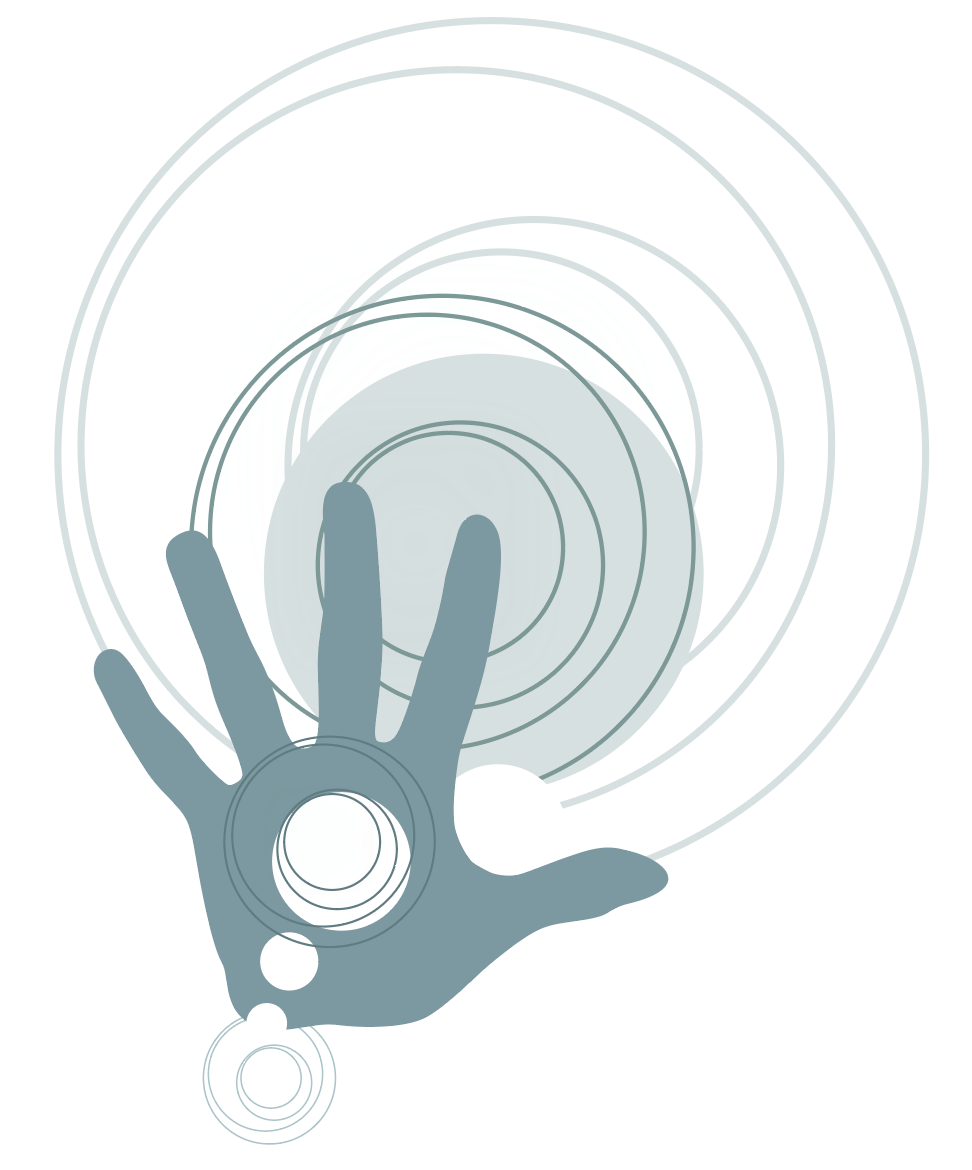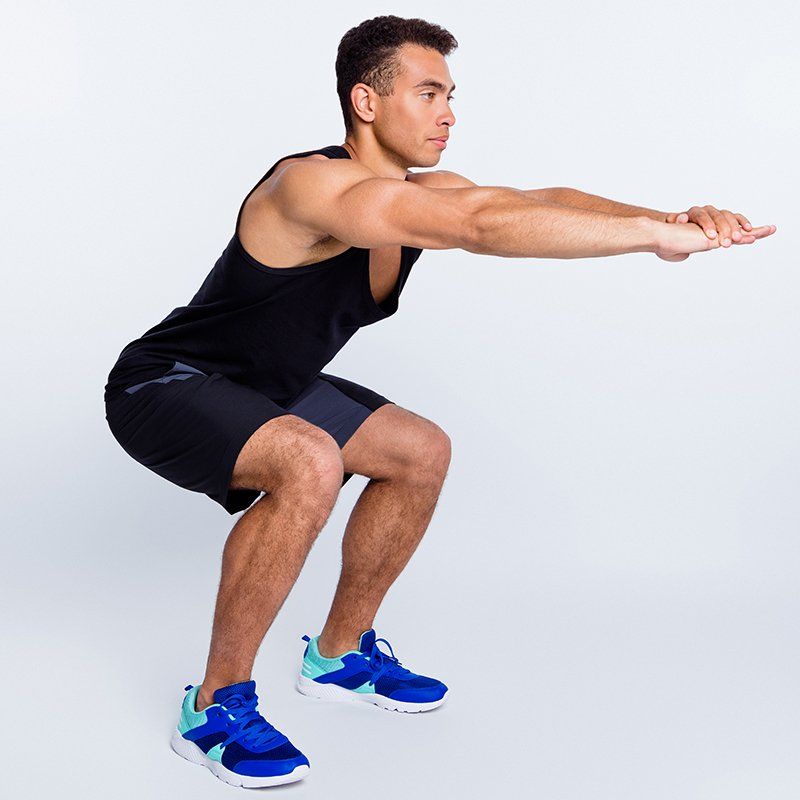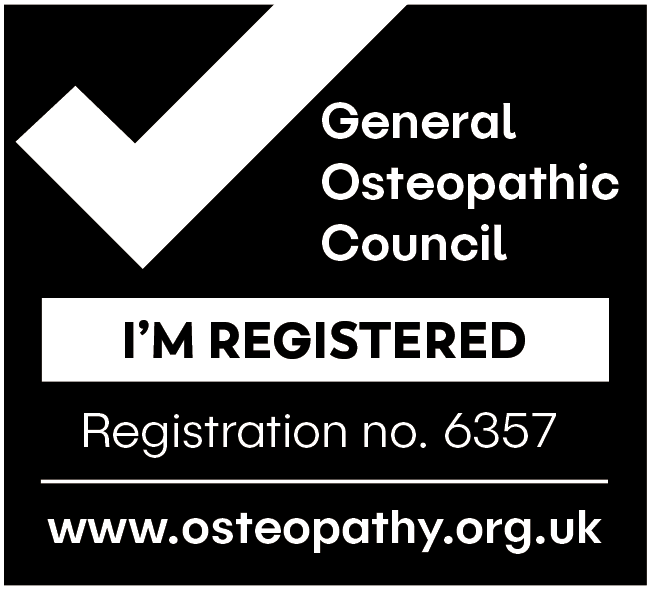OSTEOPATHY
Holistic Hands-on Healthcare
Osteopaths are highly competent Allied Health Professionals, recognised by the NHS as fully qualified to diagnose and treat independently. They are trained to screen for medical conditions and will advise you if you need to see another health professional, such as your GP or midwife.
Every day
over 30,000 people
visit an osteopath
Including:
- Older adults
- Pregnant women
- Teenagers
- Young children
- Babies
Osteopaths help people with:
- Back pain
- Joint pain
- Sciatica
- Rheumatic pain
- Arthritic pain
- Fibromyalgia
- Neck-related headaches
- Migraine prevention
- Neuralgia

Osteopaths take an evidence-informed approach to their holistic practice. Mandy’s approach is gentle and suitable for people of all ages, including children and babies.
Evaluation, Diagnosis and Treatment
Using some of the diagnostic approaches applied in conventional medicine - as well as a trained eye and sense of touch - osteopaths try to establish the structural cause of physical symptoms and use techniques to restore the optimal function of the body without the use of drugs or surgery.

Osteopathic evaluation involves observation and testing according to biomechanical principles - looking at the inter-relationship between all the different parts of the body to understand the patient’s unique physical make-up.

Osteopathic diagnosis is a way of making sense of the patient’s symptoms, and explaining how they have arisen and suggesting how long it might take for them to resolve. It considers whether any medical conditions, previous injuries, surgery or ergonomic factors could be causing physical symptoms.

Osteopathic treatment aims to relieve pain, improve function and promote healing, as well as reducing the likelihood of problems recurring.
Osteopaths work according to the principle that there may be a range of contributing factors to the symptoms and therefore evaluate not only the area that is producing the symptoms, but also associated areas that may be contributing to the issue, including past trauma, environmental factors and a family’s health history.

Individual Care
Osteopathic practice is a healthcare approach that provides a full package of care that can include health information, self-management advice and support, exercise and manual therapy including:
- Soft-tissue massage
- Joint mobilisation
- Subtle myofascial and fluid balancing techniques
- Cranial osteopathic techniques
- Postural and breathing exercises
- Lymphatic drainage
- Stretching
Regulation and Training
Osteopaths are statutorily regulated Allied Health Professionals, who are trained to work with people of all ages, including babies and children. It typically takes 4-5 years to become a qualified osteopath, and requires over 1,000 hours of clinical training.
Continuing Professional Development
Osteopaths are also committed to lifelong learning through a system of mandatory continuing professional development. It is a criminal offence in the UK, liable to prosecution, to describe oneself as an osteopath unless registered with the
General Osteopathic Council.
The General Osteopathic Council regulates the profession of osteopathy, maintaining a statutory register of those entitled to practice osteopathy. Only practitioners meeting the highest standards of safety and competency are eligible for registration. Proof of good health, good character and professional indemnity insurance cover are also a requirement. For more information, please go to the General Osteopathic Council.



